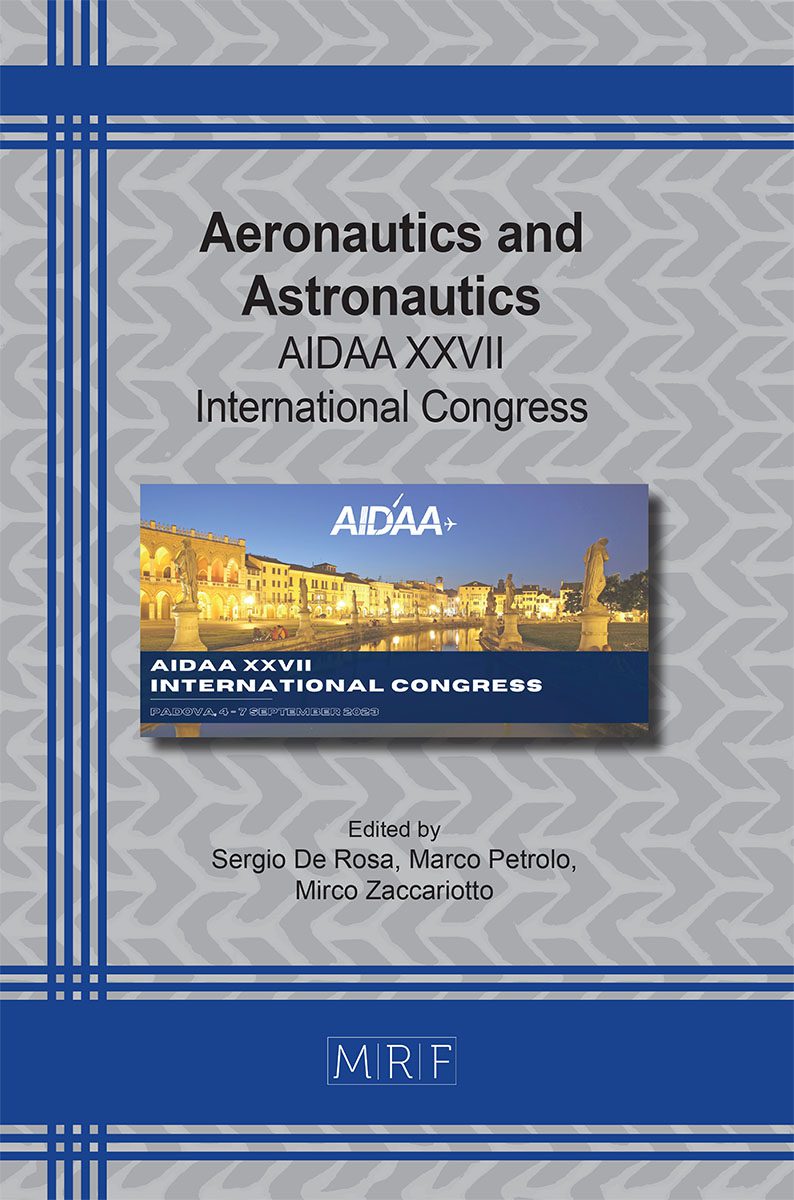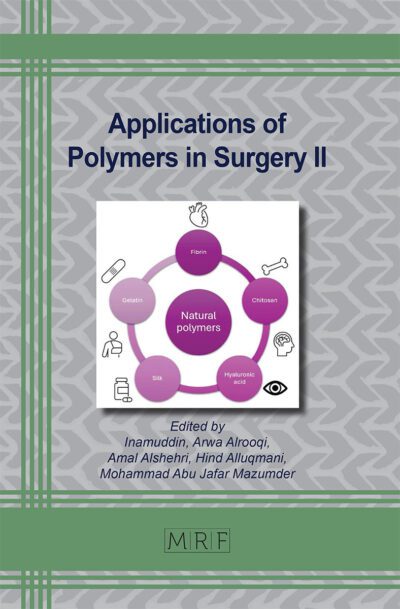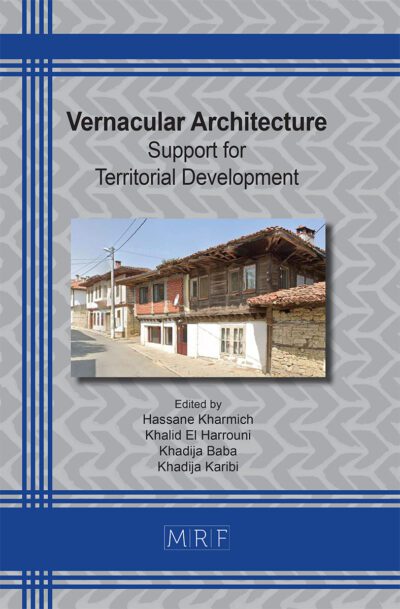Morphing technology for gust alleviation: an UAS application
Fernando Montano, Vincenzo Gulizzi, Ivano Benedetti
download PDFAbstract. Atmospheric turbulence can significantly affect aircraft missions in terms of aerodynamic loads and vibration. These effects are particularly meaningful for MALE-HALE UAS because of their high aspect ratios and because of their low speed, sometimes comparable with that of the gust itself. Many studies have been conducted to reach the goal of efficient gust alleviation. A viable solution appears the application of morphing technology. However, the design of morphing aircraft is a strongly multidisciplinary effort involving different expertise from structures to aerodynamics and flight control. In this study, a multidisciplinary wing-and-tail morphing strategy is proposed for attaining gust attenuation in UAVs. The strategy is based on the combined use of: i) an automatic detection system that identifies gust direction and entity and ii) an aeroelastic model stemming from the coupling between a high-order structural model that is able to resolve the motion and the strain and stress distributions of wings with complex internal structures and a Vortex Lattice Method (VLM) model that accounts for the aerodynamics of the wing-tail system. The gust alleviation strategy employs the information from the detection system and the aeroelastic model to determine the modifications of the wing and the tail surfaces aimed at contrasting wind effects, reducing induced loads and flight path errors. Numerical results are presented to assess the capability of the framework.
Keywords
Gust Alleviation, Morphing Wings, UAVs
Published online 11/1/2023, 4 pages
Copyright © 2023 by the author(s)
Published under license by Materials Research Forum LLC., Millersville PA, USA
Citation: Fernando Montano, Vincenzo Gulizzi, Ivano Benedetti, Morphing technology for gust alleviation: an UAS application, Materials Research Proceedings, Vol. 37, pp 133-136, 2023
DOI: https://doi.org/10.21741/9781644902813-29
The article was published as article 29 of the book Aeronautics and Astronautics
![]() Content from this work may be used under the terms of the Creative Commons Attribution 3.0 license. Any further distribution of this work must maintain attribution to the author(s) and the title of the work, journal citation and DOI.
Content from this work may be used under the terms of the Creative Commons Attribution 3.0 license. Any further distribution of this work must maintain attribution to the author(s) and the title of the work, journal citation and DOI.
References
[1] D. Li, S. Zhao, A. Da Ronch, J. Xiang, J. Drofelnik, Y. Li, L. Zhang, Y. Wu, M. Kintscher, H. P. Monner, A. Rudenko, S. Guo, W. Yin, J. Kirn, S. Storm, R. De Breuker, A review of modelling and analysis of morphing wings, Progress in Aerospace Sciences, 100 (2018), 46-62. https://doi.org/10.1016/j.paerosci.2018.06.002
[2] R. M. Ajaj, M. S. Parancheerivilakkathil, M. Amoozgar, M. I. Friswell, W. J. Cantwell, Recent developments in the aeroelasticity of morphing aircraft, Progress in Aerospace Sciences, 120 (2021), 100682. https://doi.org/10.1016/j.paerosci.2020.100682
[3] R. Bardera, A. Rodríguez-Sevillano, A. García-Magariño, Aerodynamic investigation of a morphing wing for micro air vehicle by means of PIV, Fluids, Volume 5, issue 4 191 (2020). https://doi.org/10.3390/fluids5040191
[4] B. Etkin, Dynamics of atmospheric flight, J. Wiley & Sons, New York, 1972
[5] C. Grillo, F. Montano, F., Automatic EKF tuning for UAS path following in turbulent air, International Review of Aerospace Engineering, 11(6) (2018), 241-246. https://doi.org/10.15866/irease.v11i6.15122
[6] C. Grillo, F. Montano, Wind component estimation for UAS flying in turbulent air, Aerospace Science and Technology, Volume 93 (2019), 105317. https://doi.org/10.1016/j.ast.2019.105317
[7] F. Montano, I. Benedetti, Automatic wind identification for UAS: a case study, Modelling Progress in Aerospace Science (MPAS 2022) in ICNAAM 2022, Heraklion, Greece, 19th-25th September 2022












